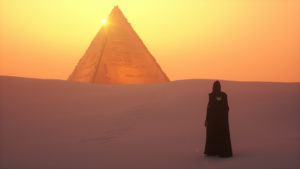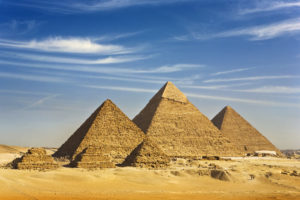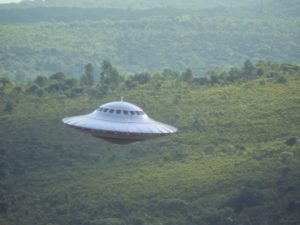The Dogon tribe of Mali, an ethnic group residing in the central plateau region of the country, has long intrigued anthropologists and scholars with its rich cultural heritage, complex cosmology, and particularly, the enigmatic belief that their ancestors were visited by beings from the Sirius star system. This belief, which seems to blend myth and astronomy, has led to widespread speculation about the origins of the Dogon knowledge and the possibility of contact with extraterrestrial life.
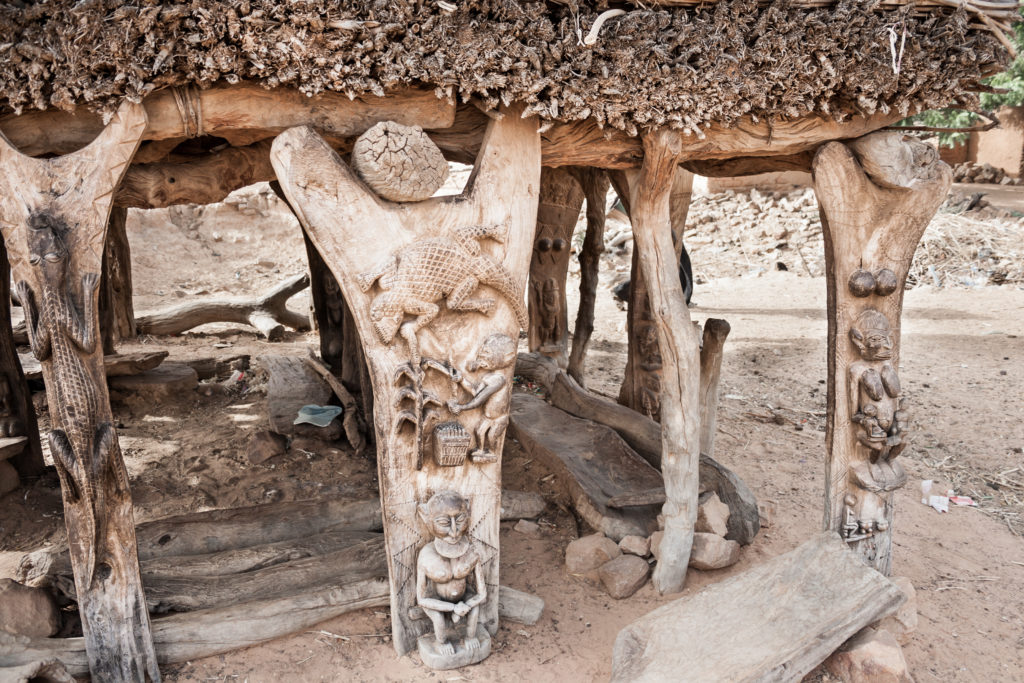
Central to the Dogon cosmology is the star Sirius, known as Sigi Tolo. The Dogon believe that this star is the home of a group of beings they call the Nommo, amphibious entities who descended to Earth to impart knowledge to their ancestors. According to Dogon mythology, the Nommo were sent by the creator god Amma to restore order to a chaotic world. The Nommo are described as wise and powerful, and they are credited with giving the Dogon people their knowledge of agriculture, weaving, and other essential aspects of their culture.
What makes the Dogon mythology particularly fascinating is their detailed knowledge of the Sirius star system. The Dogon are said to have known about Sirius B, a white dwarf star that is invisible to the naked eye and was only discovered by Western astronomers in 1862. Furthermore, the Dogon also speak of a third star, Sirius C, which was only hypothesised by modern astronomers in the 20th century and remains a subject of scientific debate. The question arises: how could an isolated tribe in West Africa possess such advanced astronomical knowledge without the use of telescopes or other modern instruments?
This question has led to the popular hypothesis that Dogon’s knowledge was imparted by extraterrestrial visitors from the Sirius system. Proponents of this theory suggest that the Nommo were, in fact, alien beings who travelled to Earth thousands of years ago and shared their knowledge with the Dogon people. This idea was popularised in the 1970s by the book The Sirius Mystery by Robert Temple, which argued that the Dogon’s astronomical knowledge could not have been obtained through any means other than direct contact with beings from Sirius.
However, this theory has been met with scepticism from both anthropologists and astronomers. Critics point out that the Dogon’s knowledge of Sirius B could have been influenced by earlier contact with Western explorers, who may have shared their astronomical knowledge with the tribe. Furthermore, some scholars argue that Dogon’s beliefs have been misunderstood or misrepresented by outsiders who are eager to find evidence of extraterrestrial contact. Marcel Griaule, the French anthropologist who first recorded the Dogon’s knowledge of Sirius in the 1930s, has been accused of leading his informants and possibly misinterpreting their statements.
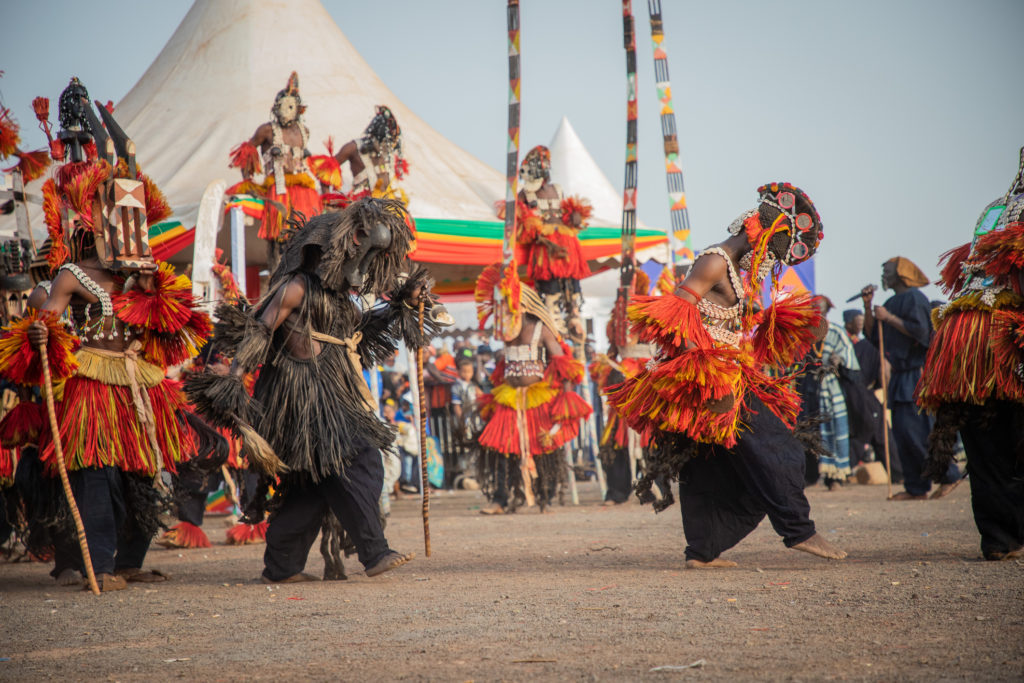
Another point of contention is the evidence for Sirius C. While some astronomers believe there may be a third star in the Sirius system, it has not been definitively proven, and the evidence remains inconclusive. The Dogon’s belief in Sirius C could therefore be based on myth or speculation rather than actual astronomical observation.
Despite the scepticism, the Dogon’s belief in their connection to Sirius continues to captivate the imagination of many. The idea that an ancient African tribe could have been visited by beings from another star system raises profound questions about the nature of human knowledge and our place in the universe. It also highlights the deep connection between myth and science and how cultural narratives can shape our understanding of the world.
Final Thoughts…
While the belief that the Dogon tribe of Mali was visited by aliens from the Sirius star system is an intriguing hypothesis, it remains highly speculative and lacks concrete evidence. The Dogon’s detailed knowledge of Sirius could have other explanations, such as cultural transmission or misinterpretation by early researchers. Nevertheless, Dogon’s cosmology serves as a fascinating example of how ancient peoples sought to understand the cosmos and their place within it, blending mythology, religion, and possibly, in the eyes of some, extraterrestrial encounters.

